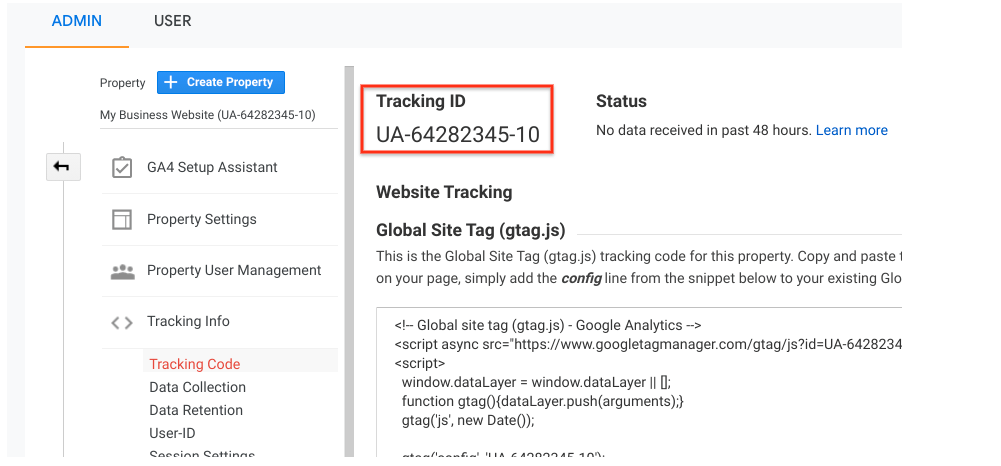Understanding the Art of Overcoming Information Collection Limitations in Google Analytics for Better Decision-Making
In the world of digital analytics, the capability to extract purposeful insights from information is vital for informed decision-making. Google Analytics stands as an effective tool for organizations seeking to recognize individual actions, track conversions, and enhance their on-line existence. However, data collection constraints within this platform can prevent the accuracy and deepness of the information gathered. To really harness the possibility of Google Analytics for tactical decision-making, grasping the art of overcoming these restrictions is essential. By utilizing strategic methods and sophisticated methods, organizations can raise their information top quality, unlock hidden insights, and pave the means for even more informed and effective choices.
Data Quality Assessment
Examining the high quality of data within Google Analytics is a vital action in ensuring the integrity and precision of insights stemmed from the accumulated info. Data top quality evaluation involves reviewing different aspects such as precision, efficiency, consistency, and timeliness of the information. One essential aspect to take into consideration is data precision, which refers to how well the information reflects the real worths of the metrics being determined. Inaccurate information can cause defective conclusions and misdirected business decisions.
Completeness of data is one more essential variable in evaluating data high quality. It entails ensuring that all necessary data factors are collected and that there are no spaces in the details. Incomplete data can alter analysis results and impede the capacity to get an extensive sight of user habits or internet site performance. Consistency checks are likewise important in information top quality assessment to determine any type of disparities or anomalies within the information set. Timeliness is similarly crucial, as obsolete information might no more matter for decision-making processes. By prioritizing data high quality evaluation in Google Analytics, organizations can boost the reliability of their analytics reports and make more educated choices based on precise understandings.
Advanced Tracking Strategies
Making use of innovative tracking techniques in Google Analytics can considerably improve the deepness and granularity of data collected for even more thorough analysis and understandings. One such strategy is occasion tracking, which permits the surveillance of certain interactions on an internet site, like clicks on switches, downloads of files, or video clip views. By executing occasion tracking, services can get a deeper understanding of customer habits and engagement with their on-line material.
In addition, custom-made dimensions and metrics give a method to tailor Google Analytics to certain company demands. Custom measurements enable the production of new information points, such as customer roles or consumer segments, while personalized metrics enable the monitoring of distinct efficiency indicators, like profits per user or typical order worth.
Additionally, the application of Google Tag Manager can enhance the implementation of tracking codes and tags throughout a website, making it much easier to manage and deploy innovative tracking configurations. By harnessing these sophisticated monitoring techniques, companies can open valuable check my reference insights and enhance their on-line techniques for much better decision-making.
Custom Dimension Application
To boost the depth of data gathered in Google Analytics past innovative tracking methods like occasion tracking, companies can carry out personalized dimensions for more tailored insights. Custom-made dimensions enable businesses to define and gather certain information factors that relate to their special objectives and purposes (What Data Does Google Analytics Prohibit Collecting?). By appointing custom dimensions to various components on an internet site, such as individual communications, demographics, or session information, organizations can gain an extra granular understanding of just how customers involve with their on-line residential properties

Acknowledgment Modeling Methods
By using the best acknowledgment model, companies can properly attribute conversions to the proper touchpoints along the customer trip. One usual attribution version is the Last Communication model, which gives credit scores for a conversion to the last touchpoint a customer interacted with before converting.

Information Sampling Avoidance
When dealing with big volumes of information in Google Analytics, getting rid of information tasting is important to make certain accurate understandings are derived for informed decision-making. Data sampling occurs when Google Analytics estimates patterns in information instead of examining the full dataset, possibly leading to skewed results. To stay clear of data tasting, one reliable approach is to decrease the date variety being evaluated. By concentrating on shorter amount of time, the chance of running into tested data decreases, giving a more accurate depiction of individual actions. In addition, using Google Analytics 360, the costs variation of the system, can assist minimize tasting as it permits higher information limits prior to sampling starts. Executing filters to limit the data being examined can likewise assist in preventing sampling concerns. By taking these aggressive actions to decrease information sampling, services can extract a lot more exact insights from Google Analytics, bring about better decision-making and boosted important source general performance.
Final Thought
To conclude, mastering the art of getting rid of data collection limitations in Google Analytics is crucial for making educated choices. By conducting a thorough information high quality assessment, applying innovative monitoring techniques, utilizing personalized measurements, utilizing acknowledgment modeling strategies, and avoiding information sampling, organizations can make certain that they have trustworthy and exact data to base their choices on. This will inevitably cause extra effective methods and far better results for the organization.
